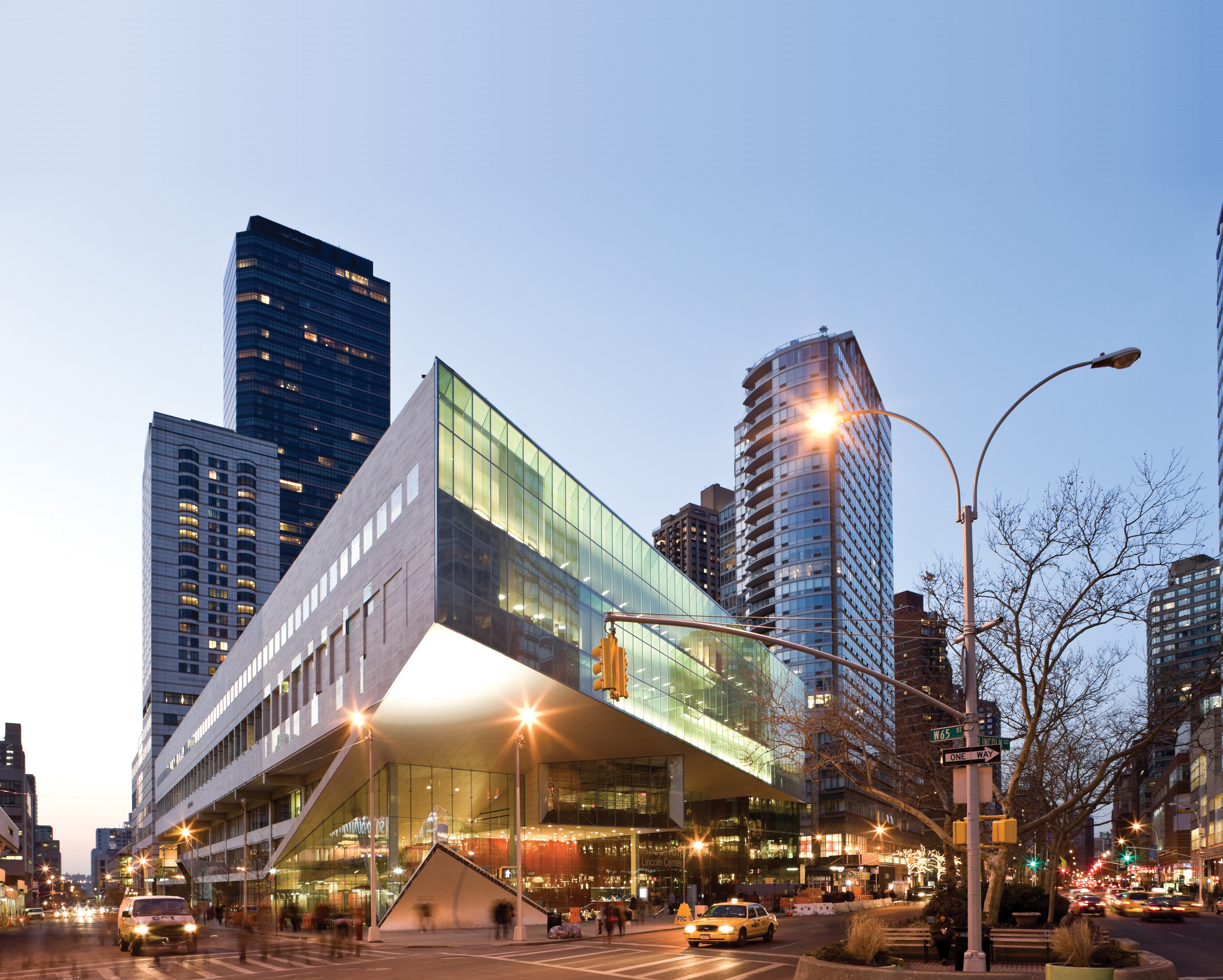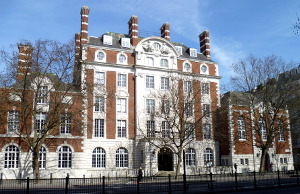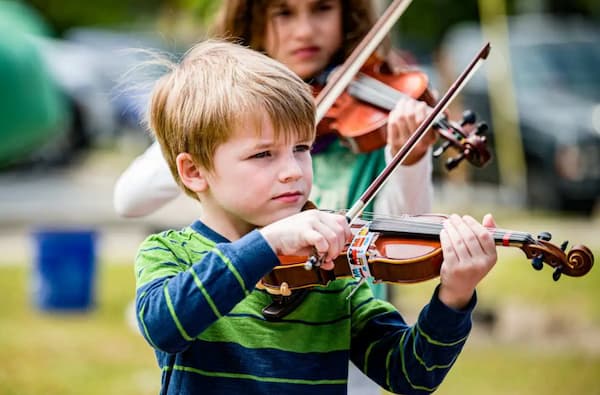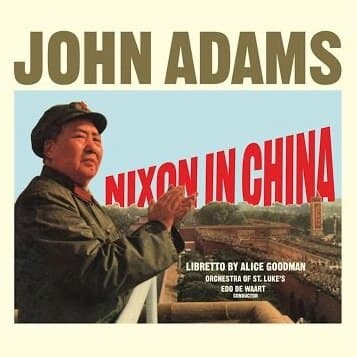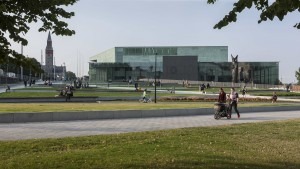
Helsinki Music Centre
Credit: Arno Chapelle
How does your selection process work? Is there a quota to fill, and does this hold even if there are no suitable applicants?
We do have a quota to fill, but we never bargain with the level of our students! If a quota in a certain major is not met because of the unsuitability of the applicants, we simply won’t fill the available spots in that major. Our quotas are very flexible and can be moved around to fill up spots with applicants in other majors, if a specific instrument has had a large number of exceptionally gifted applicants that year. Because of our mostly tuition-free education, we have the luxury of not filling up quotas because of budgetary reasons. To sum up, we only accept students that we feel are truly gifted and the best fit for us.
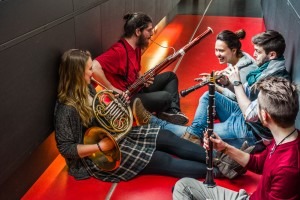
Credit: Veikko Kahkonen
The most important thing students take away from their time at the Sibelius Academy is their own individual artistic voice and identity – the academy’s goal is to educate top musicians and versatile music professionals, who all have the ability to create something new and interesting to enrich the music culture and who know exactly how to find their place in the field.
Do you maintain links with your ex-students? Who are your most famous alumni?
We certainly do keep in touch with our alumni. The members of the Sibelius Academy alumni community are invited to various get-togethers and receive information on academy events, news and further education opportunities on a regular basis. They are also invited to give lectures, share their career experiences, provide mentoring for the students, and supervise work placements.
There are so many great Sibelius Academy alumni that it is very difficult to name just a few! But one is for sure: our most famous alumnus is Jean Sibelius himself. He studied composition and violin at the academy (“Helsinki Music Institute” at the time) from 1885 to 1889 and taught music theory and composition later for a short period. Our institution adopted the name Sibelius Academy in 1939.
Many of today’s greatest conductors and composers are Sibelius Academy alumni: e.g. Esa-Pekka Salonen, Osmo Vänskä and Susanna Mälkki, and Kaija Saariaho and Magnus Lindberg.
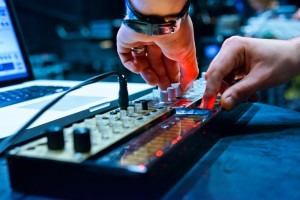
Credit: Veikko Kahkonen
Our curriculum is built around the development of the abilities and characteristics that enable our students to find their own individual voice. Students at the academy are encouraged to take responsibility of their own studies. Students get great freedom to build their own schedules based on what they wish to accomplish individually. Students here learn by doing rather than through a myriad of theoretical classes, and in several major subjects, individual instruction is the core of the programme.
Approximately half of the schedule of classical music students consists of group instruction and the rest is allocated for individual classes and independent practice in the students’ main instruments. There are some instruments, that do vary from this model – for example jazz and folk music are dominated by ensemble playing and related rehearsals.
We are often asked about the secret behind the success of Finnish conductors. One of the reasons may be the number of practice orchestras and choirs we have available to our conducting students. Every orchestra- and wind band-conducting student will rehearse by conducting a practice orchestra regularly, and choir-conducting students will rehearse by conducting a vocal ensemble. This is a rather unique method.
We do have a course for all first year students (which in all classical instruments is a mandatory course) that gives the students information on how to practice wisely, how to control and ease stress and anxiety, how to take care of themselves physically and how to manage their lives as students at the academy in general. They also have appointments with a physiotherapist to advise them on their posture and alignment, and all students have access to different wellness and health courses (e.g. exercise courses, Pilates, Body Mapping etc.).
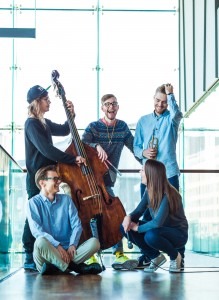
Credit: Veikko Kahkonen
Artistic activity is the core part of learning at the Sibelius Academy, and we offer a great deal of opportunities – in fact, the amount of performing opportunities depends on the student’s own activity. Everyone at the academy can apply to give a concert in our concert series. Artistic activity is showcased in 400–600 annual concerts that are open to the public. Most of the concerts are staged at the Helsinki Music Centre.
Most of the major subjects include solo performances on the student’s main instrument. For orchestral instrument students, there are various orchestras and ensembles to play in. Opera students participate in four full-scale opera productions with orchestras as well as in small-scale operas or individual scenes during their Master’s programme. And it’s certain you cannot study jazz or folk music without performing in an ensemble. These are just a few examples; regardless of your major, it is just not possible to graduate from the Sibelius Academy without gaining experience in performing, as our mission is to train artists that are capable and skilled in independent artistic work.
Additionally, practical training plays a major role when studying here. For example, Music Education students complete a teacher-training module and Church Music students go on parish placements. For students of orchestral instruments, conducting and composition, the academy offers many training opportunities – including educational cooperation with the Finnish Radio Symphony Orchestra and the Helsinki Philharmonic Orchestra (we all operate at the Helsinki Music Centre). In other majors, students can complete placement modules of their choice.
How different do you believe the varying career paths (solo player, chamber and orchestral musician) are, and how does your teaching reflect this?
We offer an extensive range of programmes – there are nine degree programmes at Bachelor and Master level, each with several main subjects. The career paths vary notably depending on which degree programme you attended – careers of an orchestral musician, school music teacher, cantor-organist, composer, freelance jazz musician, live sound engineer or producer e.g. for an arts institution differ fundamentally. Our teaching and curriculum must of course reflect the various future needs of our graduates and provide them with necessary abilities accordingly.
Do you encourage your students to participate at international competitions?
Yes, but the practice varies with degree programmes: in some programmes it is natural to participate at international competitions, in some it’s not. The teachers and their personal networks will also play a part in how actively students take part in various competitions.



